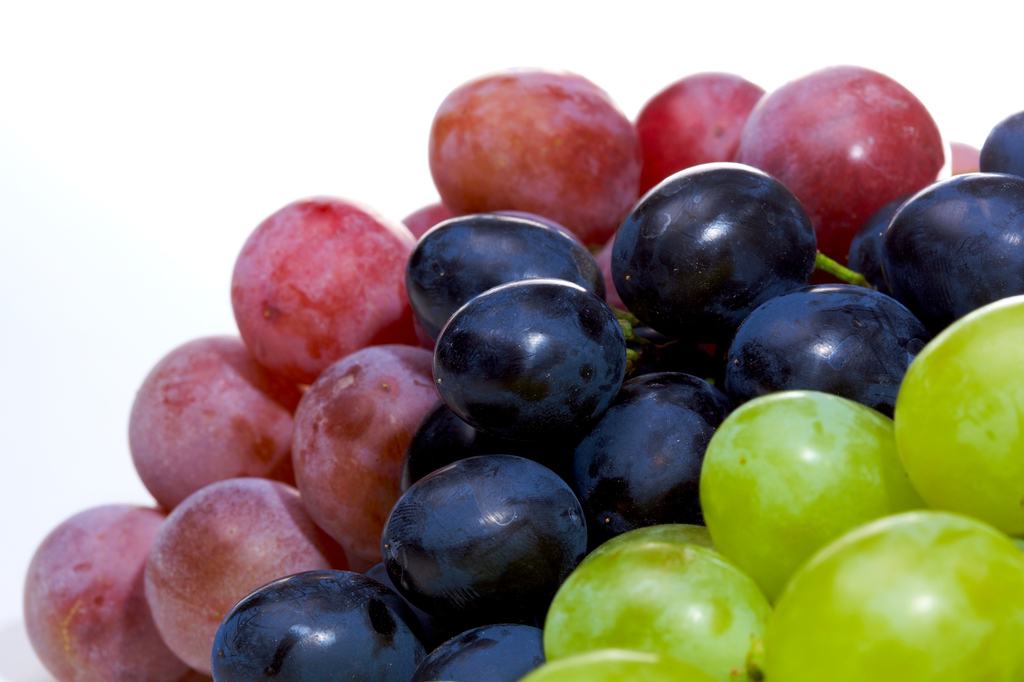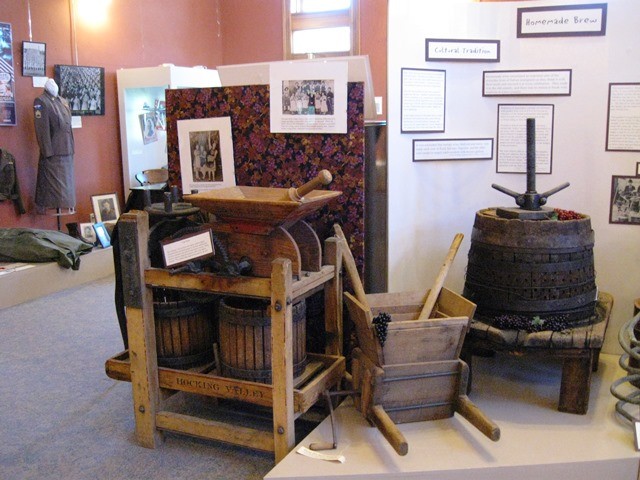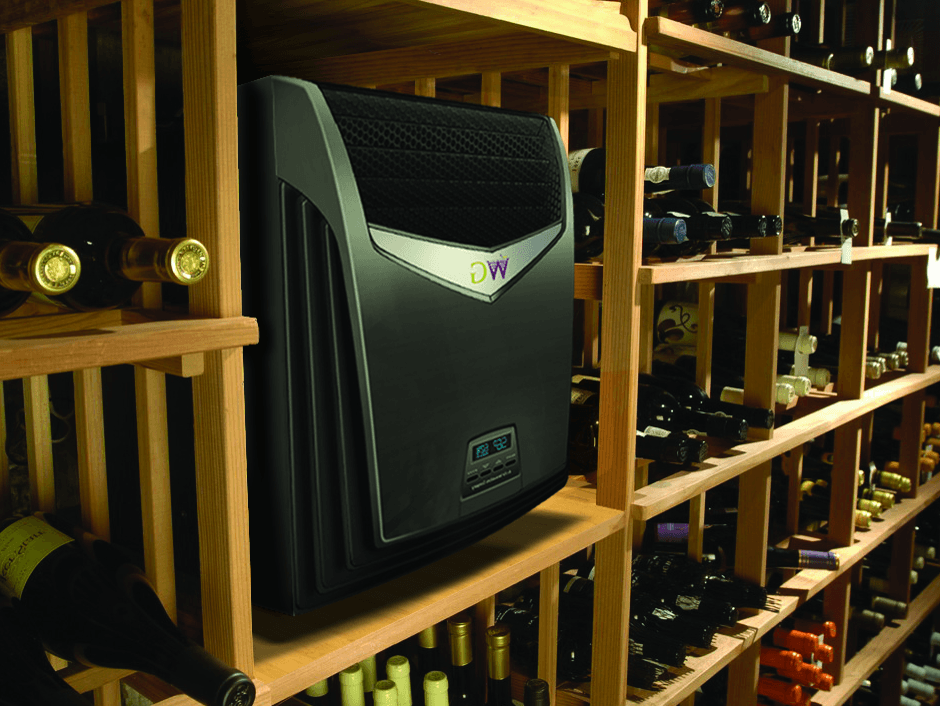Wine has become a key ingredient for enjoying a good meal, regardless of whether you are at home or in a restaurant. And every now and then anyone who is a wine lover is tempted to take a shot at trying to make some wine of their own.
At its core, winemaking is built around a simple fermentation process that turns fruit into alcohol; however, it takes a certain amount of skill to make wine of outstanding taste. But don’t let this discourage you! Yes, this is a process that takes years of practice to be brought to perfection, and it takes both a knowledge of chemistry and high culinary proficiency in order for your wine to reach the refined taste that you desire. But if you just stick to the basics, before long you’ll get the hang of it, and soon you may even discover a recipe worthy of sharing with the world.
Pick your fruit and mix it with other ingredients
Grapes and berries are the best option for winemaking, so make sure that your chosen fruit is fresh and untouched by any sort of chemical substance. If you have a garden of your own and can grow and collect these types of fruits yourself, this would be perfect for your homemade wine. If not, find a farmer and purchase the fruit from them.
Clean the fruit meticulously before you begin crushing it, to avoid any undesired flavors in your wine. After the fruit is crushed, use the necessary ingredients to kill bacteria, such as the Campden tablet that adds sulfur dioxide into the mix.
Next, decide how sweet you want your wine to be and add a proper amount of sugar or honey into the pot. You will probably need to use more honey or added sugar if you are working with low-sugar fruit. Lastly, you need to add yeast as the final ingredient and stir it in well. Now you have a mixture known as ‘must.’
Use clean and appropriate equipment
The must needs to be placed in a warm area with an appropriate temperature so that the yeast can grow – around 70 degrees Fahrenheit (21 degrees C). It also needs to be well protected to prevent insects from entering it. That is why you need good equipment.
First of all, the equipment needs to be clean, since any bacteria can spoil the taste and would be a major health risk. The must needs to be stirred a few times per day for three days, after which you need to siphon it into a sealed container so that the wine won’t oxidize. The container needs to have an air lock opening, which allows gas to be released. After you have siphoned the must, you need to allow your wine to age for at least one month before it is bottled.
Store your wine properly
Once you have bottled your wine, place it your wine cellar and let it age some more. If your wine is properly sealed, it will develop a great taste over the years — just make sure that you have a good way of maintaining the right humidity and temperature. If you place your wine in a room with irregular humidity, it will develop a foul taste.
Bear in mind that it is always better to add less sugar or honey at first, since those are ingredients that can be added afterwards to adjust your wine to your desired taste. Another thing that you should remember is that this is your first try, so if it doesn’t go as well as you anticipated you don’t need to beat yourself up over it.
To sum up, this is a relatively easy process. However, the ingredients and their balance in the mixture are an entirely different matter. It is up to you, the cook, to discover the right recipe for your conditions.
Remember to be patient and to let your wine age in order for its taste to reach its peak. Keep it in a dark, secluded area, properly sealed, and at a temperature that won’t spoil its taste. And always bear in mind that you are doing this for yourself, since selling the wine you made without a license is illegal.















































